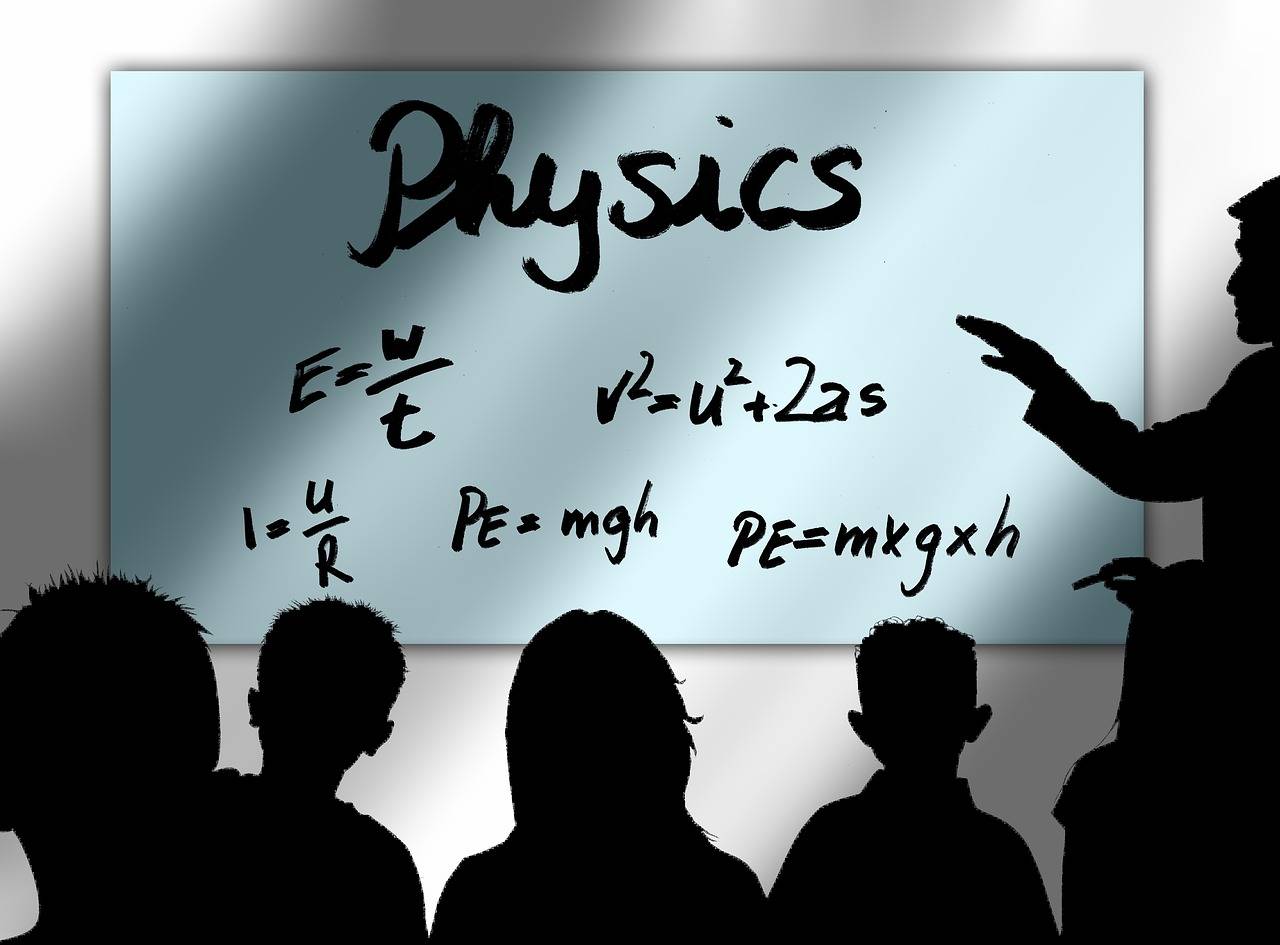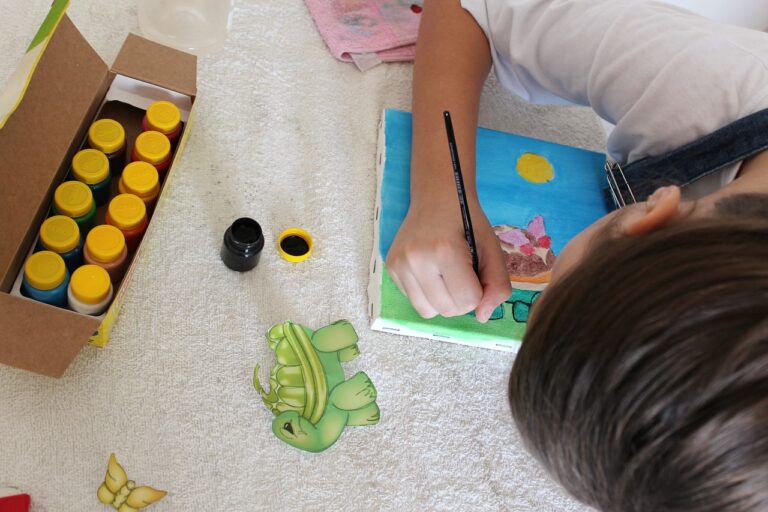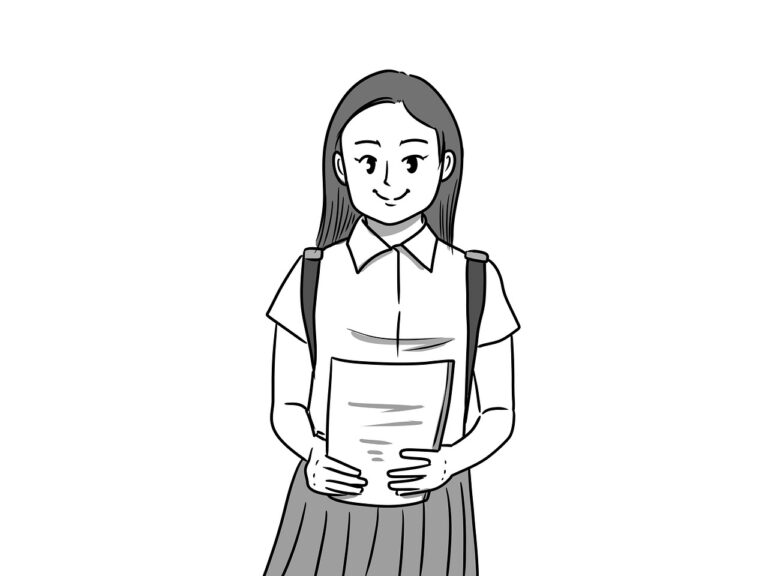Addressing the Impact of Technology on Student-Teacher Interaction
Communication in education has undergone significant changes over the years. From traditional methods such as oral lectures and written correspondence, to the introduction of telecommunication and video conferencing, the way information is shared between students and educators continues to evolve. These advancements in technology have not only made learning more accessible, but have also facilitated collaboration and interaction among learners from diverse backgrounds.
In the digital age, online platforms and social media have revolutionized the way educators engage with students both inside and outside the classroom. Virtual classrooms and discussion forums enable real-time communication, fostering active participation and creating a sense of community among learners. As communication tools continue to advance, the possibilities for enhancing the educational experience are endless, offering new opportunities for personalized learning and knowledge sharing.
The Role of Technology in Modern Classrooms
With the rapid advancement of technology, modern classrooms are undergoing a significant transformation. Teachers are now incorporating various technological tools and resources to enhance the learning experience for students. From interactive whiteboards to educational apps and online learning platforms, technology is revolutionizing the way information is accessed and delivered in the classroom.
The integration of technology in modern classrooms not only makes learning more engaging and interactive but also helps students develop essential skills for the digital age. By using devices like tablets and laptops, students have easy access to a wealth of information and resources at their fingertips. Additionally, technology allows for more personalized learning experiences, catering to the individual needs and learning styles of each student.
How has communication in education evolved over time?
Communication in education has evolved from traditional methods such as blackboards and textbooks to incorporating technology like computers, tablets, and online platforms for learning.
What is the role of technology in modern classrooms?
Technology plays a crucial role in modern classrooms by enhancing students’ learning experiences, providing access to a wide range of resources, and facilitating collaboration and communication among students and teachers.
How can technology benefit students in the classroom?
Technology can benefit students in the classroom by providing interactive and engaging learning opportunities, personalized instruction, and real-time feedback to enhance their understanding and retention of information.
How can teachers effectively integrate technology into their lessons?
Teachers can effectively integrate technology into their lessons by incorporating interactive multimedia presentations, educational apps, online resources, and collaborative tools to engage students and enhance their learning experience.
What are some challenges associated with using technology in the classroom?
Some challenges associated with using technology in the classroom include access to devices and internet connectivity, digital literacy skills among students and teachers, and managing distractions and maintaining focus during lessons.





